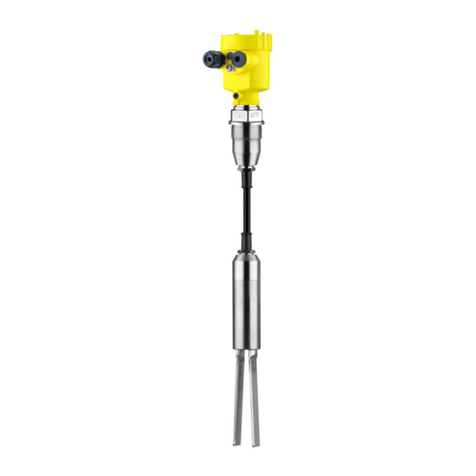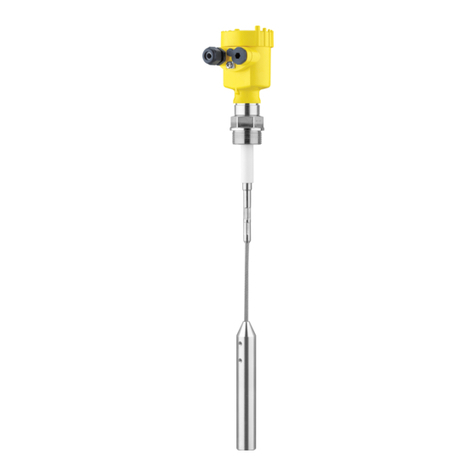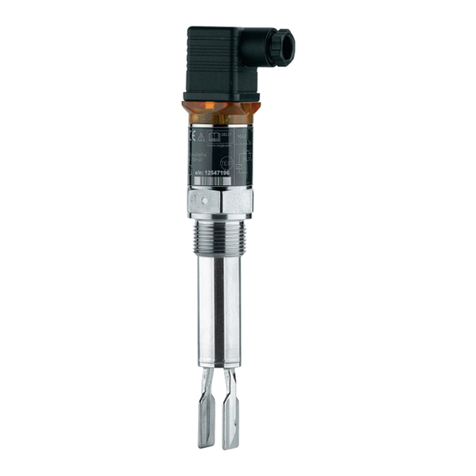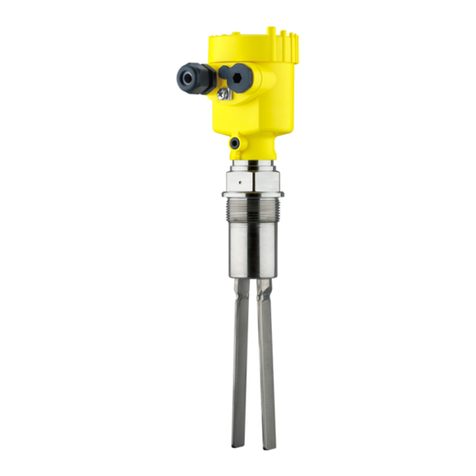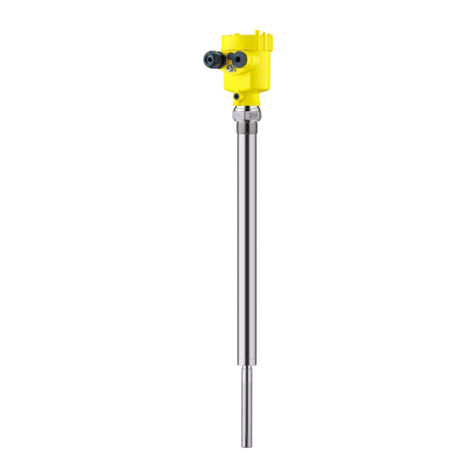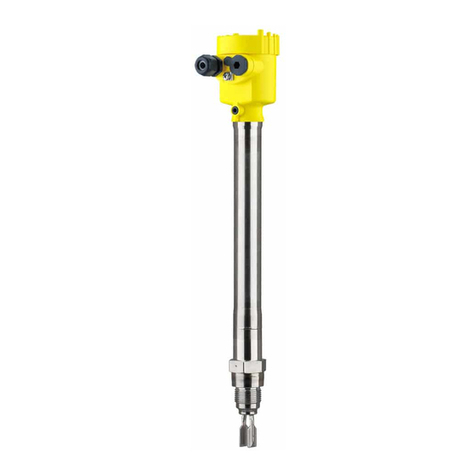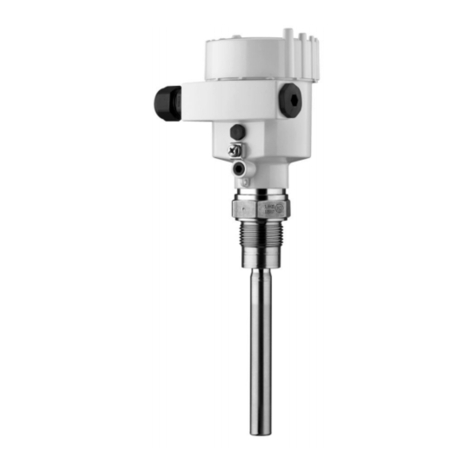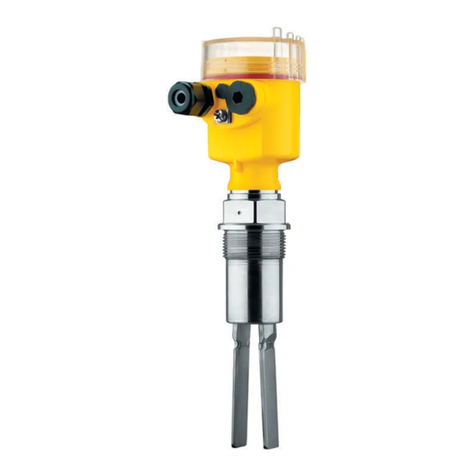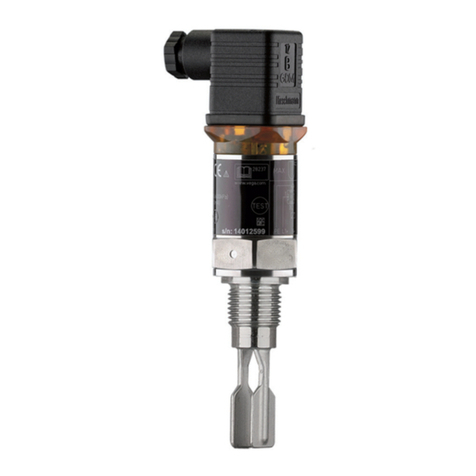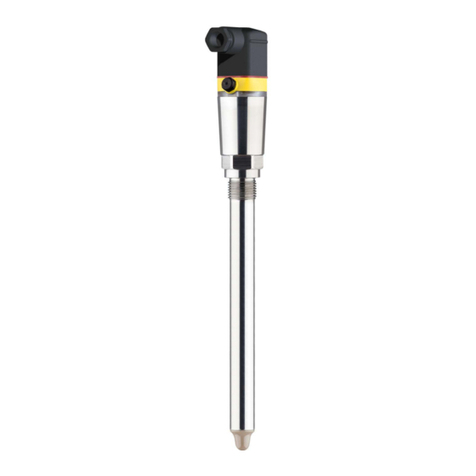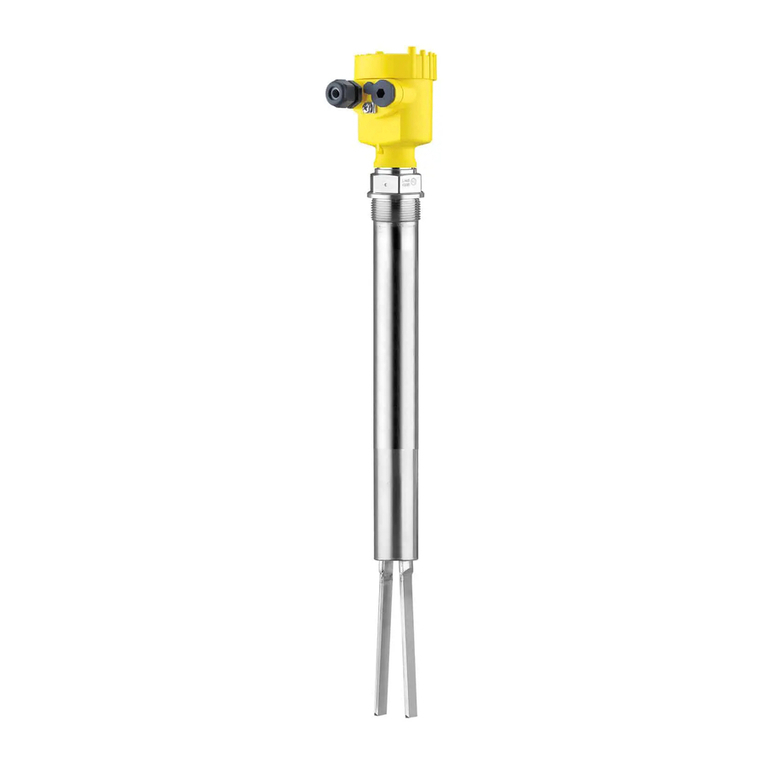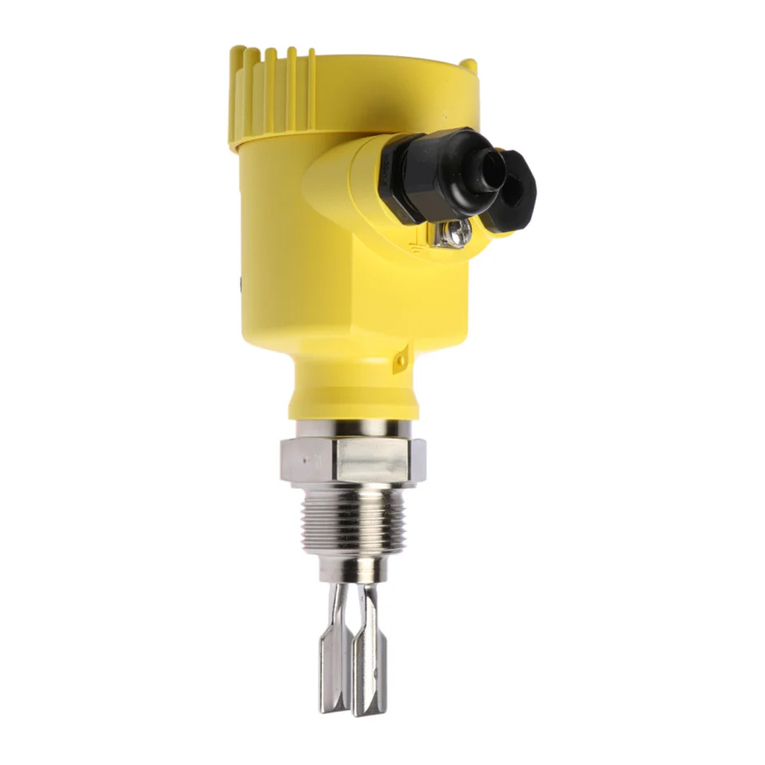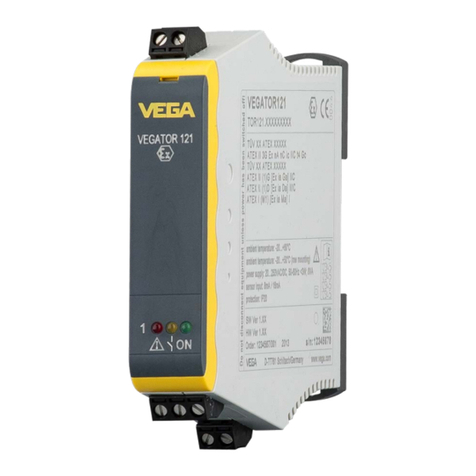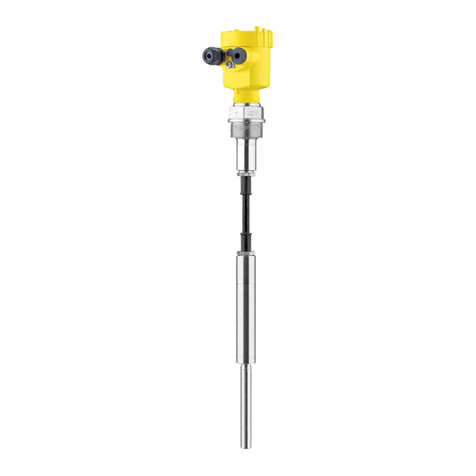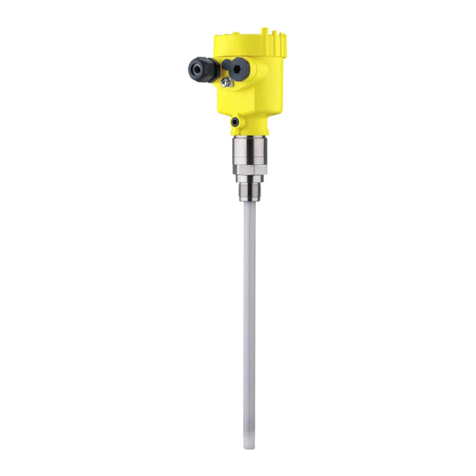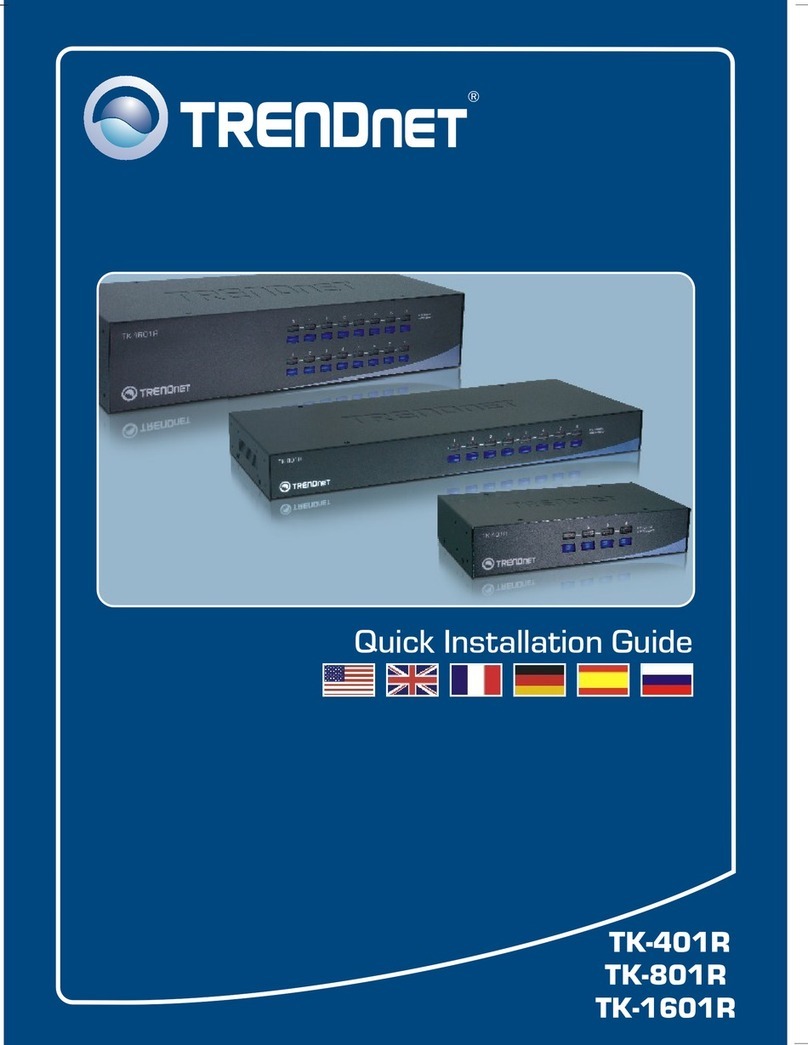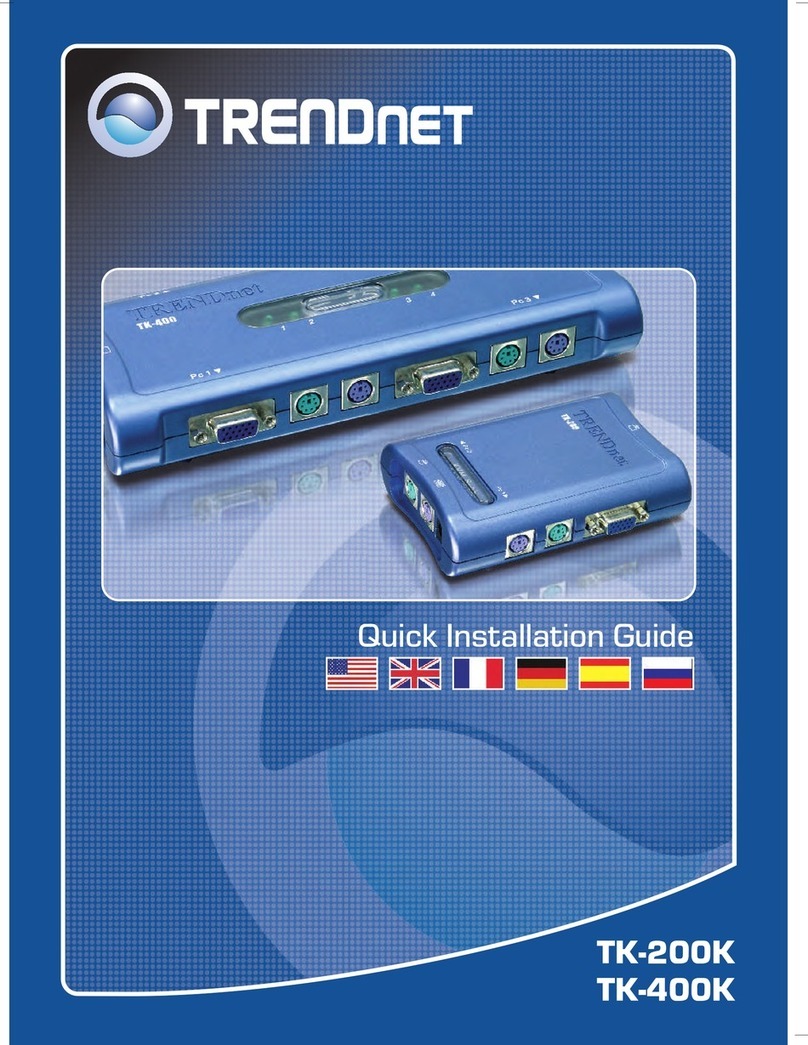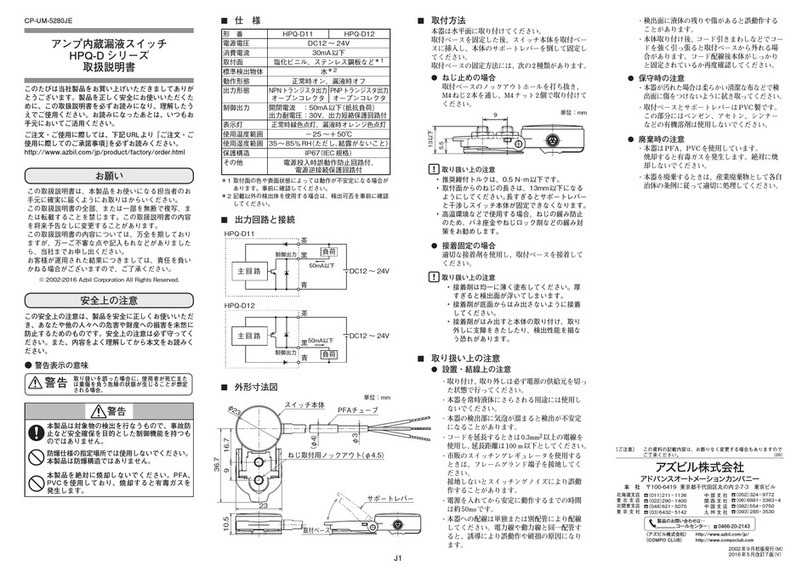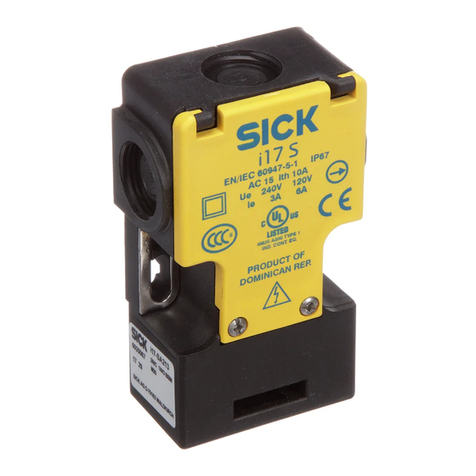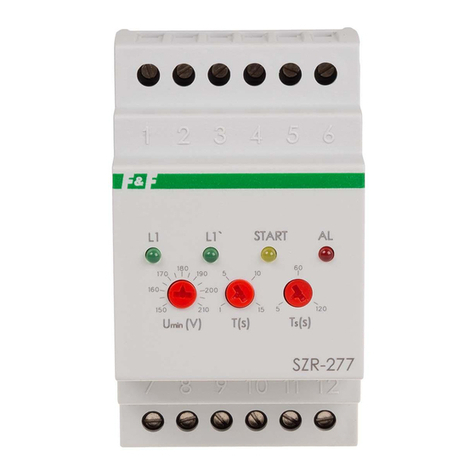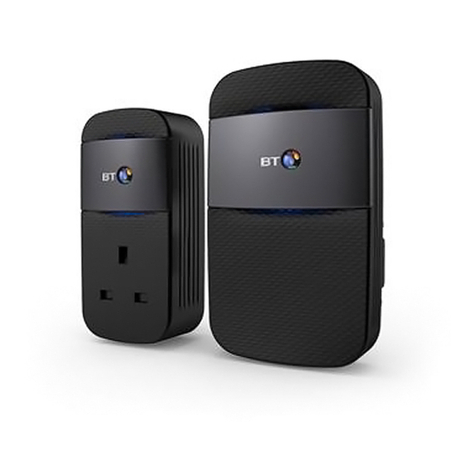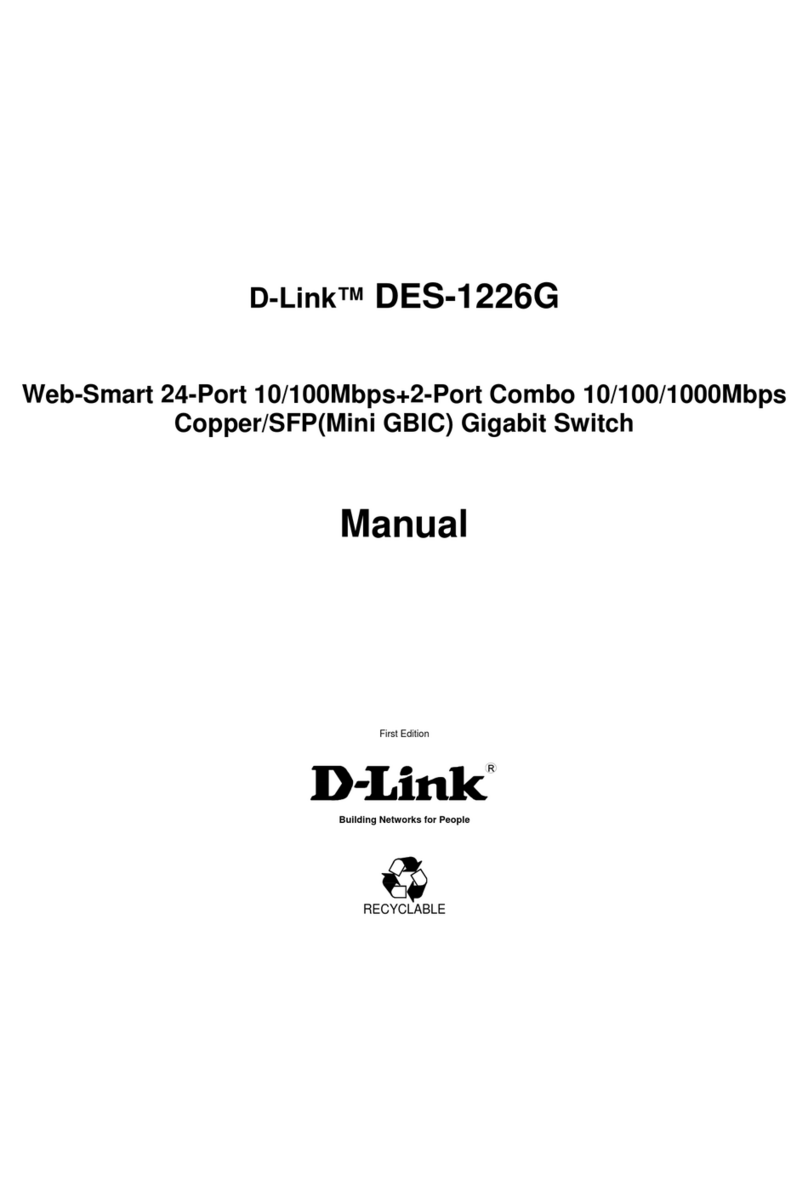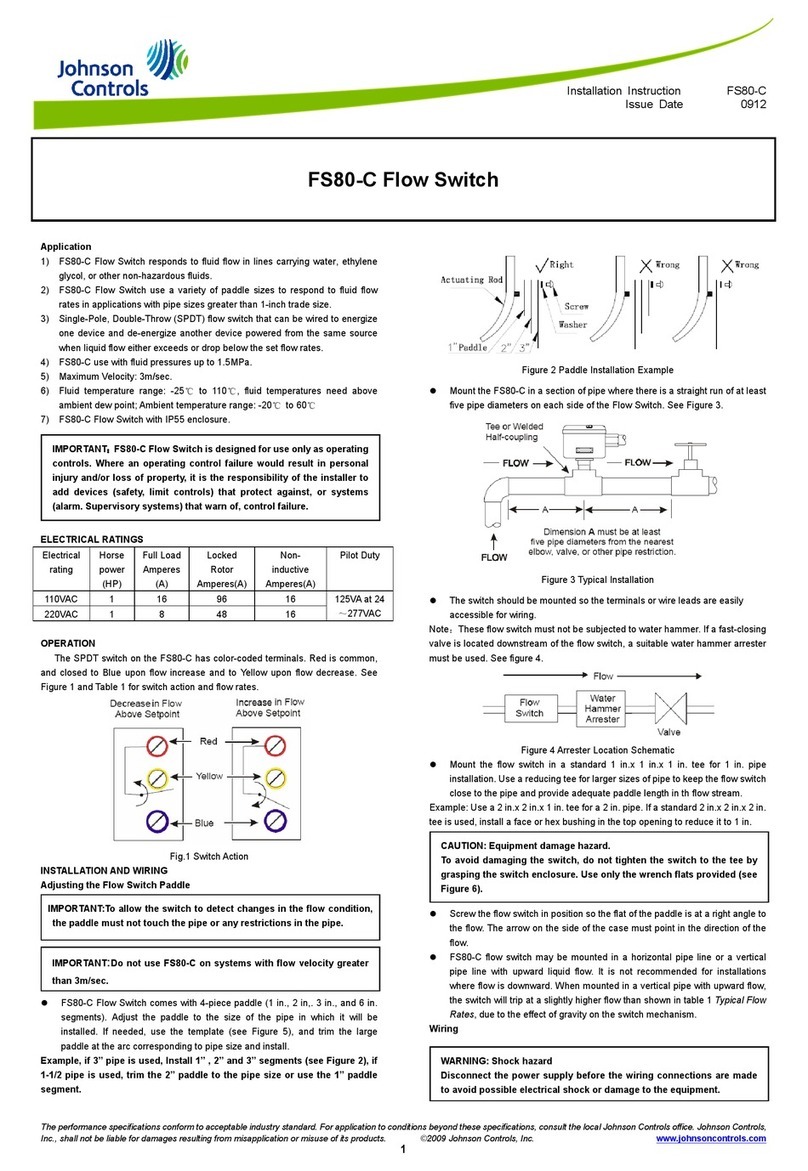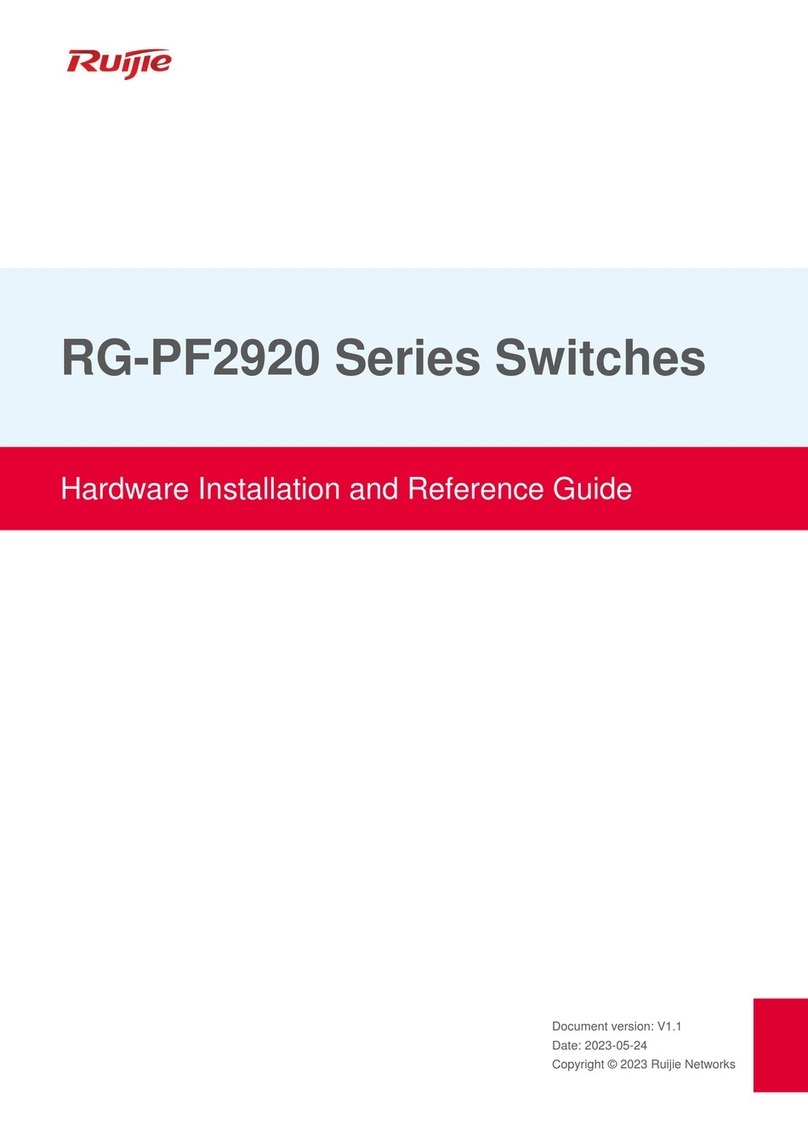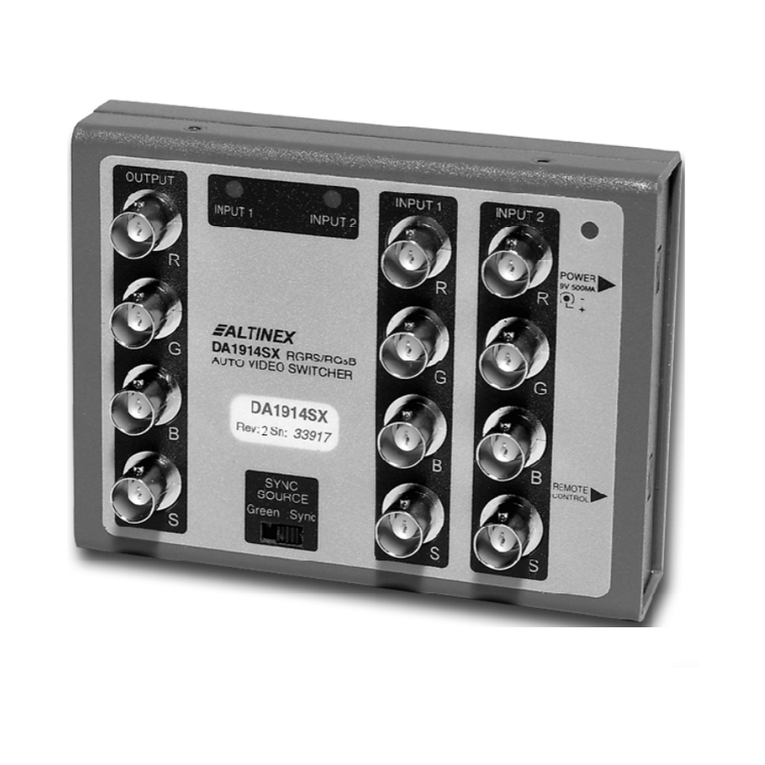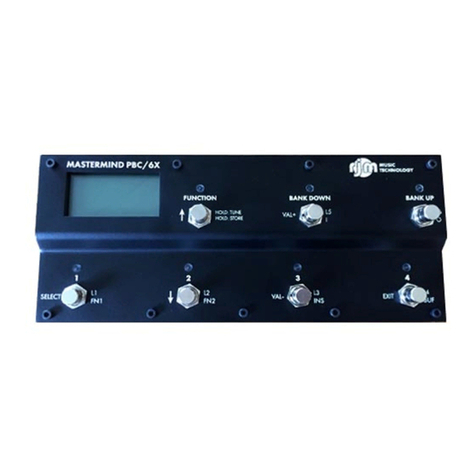2
Contents
VEGAWAVE 61 • - NAMUR
32249-EN-140625
Contents
1 About this document
1.1 Function ........................................................................................................................... 4
1.2 Target group ..................................................................................................................... 4
1.3 Symbols used................................................................................................................... 4
2 For your safety
2.1 Authorised personnel ....................................................................................................... 5
2.2 Appropriate use................................................................................................................ 5
2.3 Warning about incorrect use............................................................................................. 5
2.4 General safety instructions............................................................................................... 5
2.5 Safety label on the instrument .......................................................................................... 6
2.6 CE conformity................................................................................................................... 6
2.7 SIL conformity .................................................................................................................. 6
2.8 Safety instructions for Ex areas ........................................................................................ 6
2.9 Environmental instructions ............................................................................................... 6
3 Product description
3.1 Conguration.................................................................................................................... 7
3.2 Principle of operation........................................................................................................ 7
3.3 Operation ......................................................................................................................... 8
3.4 Storage and transport....................................................................................................... 9
4 Mounting
4.1 General instructions ....................................................................................................... 10
4.2 Mounting instructions ..................................................................................................... 11
5 Connecting to power supply
5.1 Preparing the connection ............................................................................................... 14
5.2 Connection procedure.................................................................................................... 14
5.3 Wiring plan, single chamber housing.............................................................................. 15
5.4 Wiring plan - version IP 66/IP 68, 1 bar........................................................................... 17
6 Setup
6.1 General information........................................................................................................ 18
6.2 Adjustment elements...................................................................................................... 18
6.3 Function chart ................................................................................................................ 19
6.4 Recurring function test ................................................................................................... 20
7 Maintenanceandfaultrectication
7.1 Maintenance .................................................................................................................. 23
7.2 Rectify faults................................................................................................................... 23
7.3 Exchanging the electronics module................................................................................ 24
7.4 How to proceed if a repair is needed .............................................................................. 25
8 Dismount
8.1 Dismounting steps.......................................................................................................... 26
8.2 Disposal ......................................................................................................................... 26
9 Supplement
9.1 Technical data ................................................................................................................ 27
9.2 Dimensions .................................................................................................................... 30

